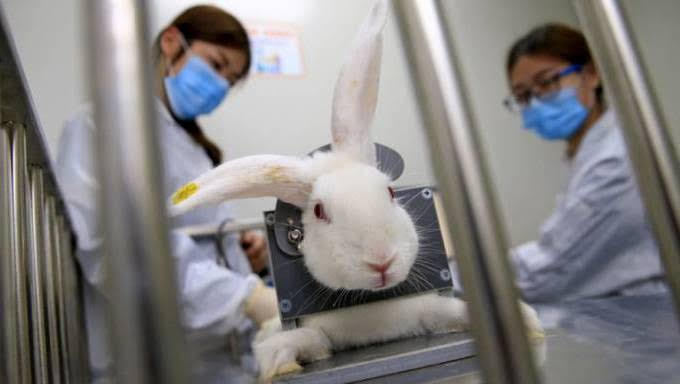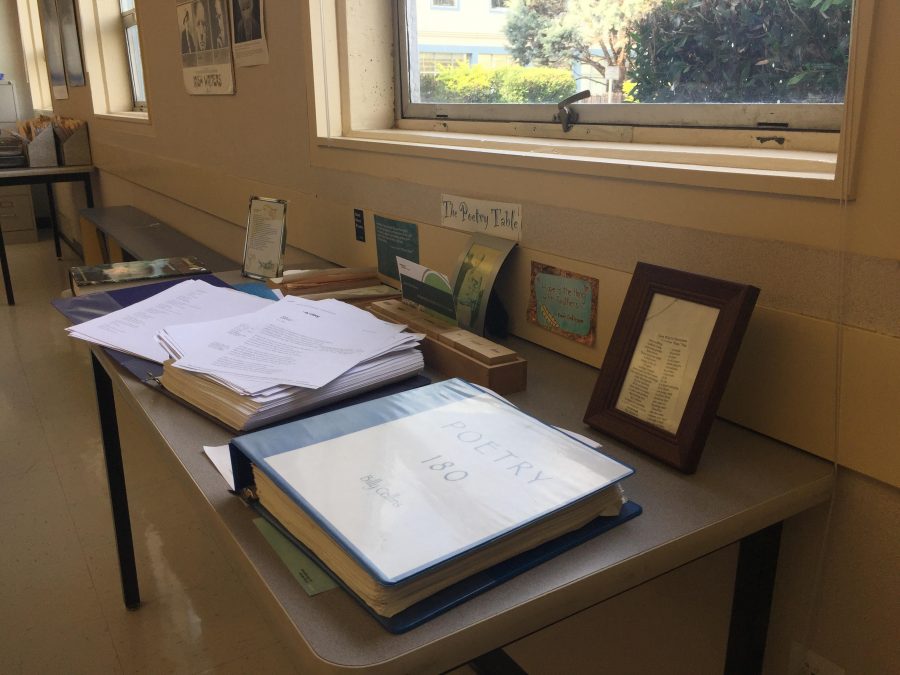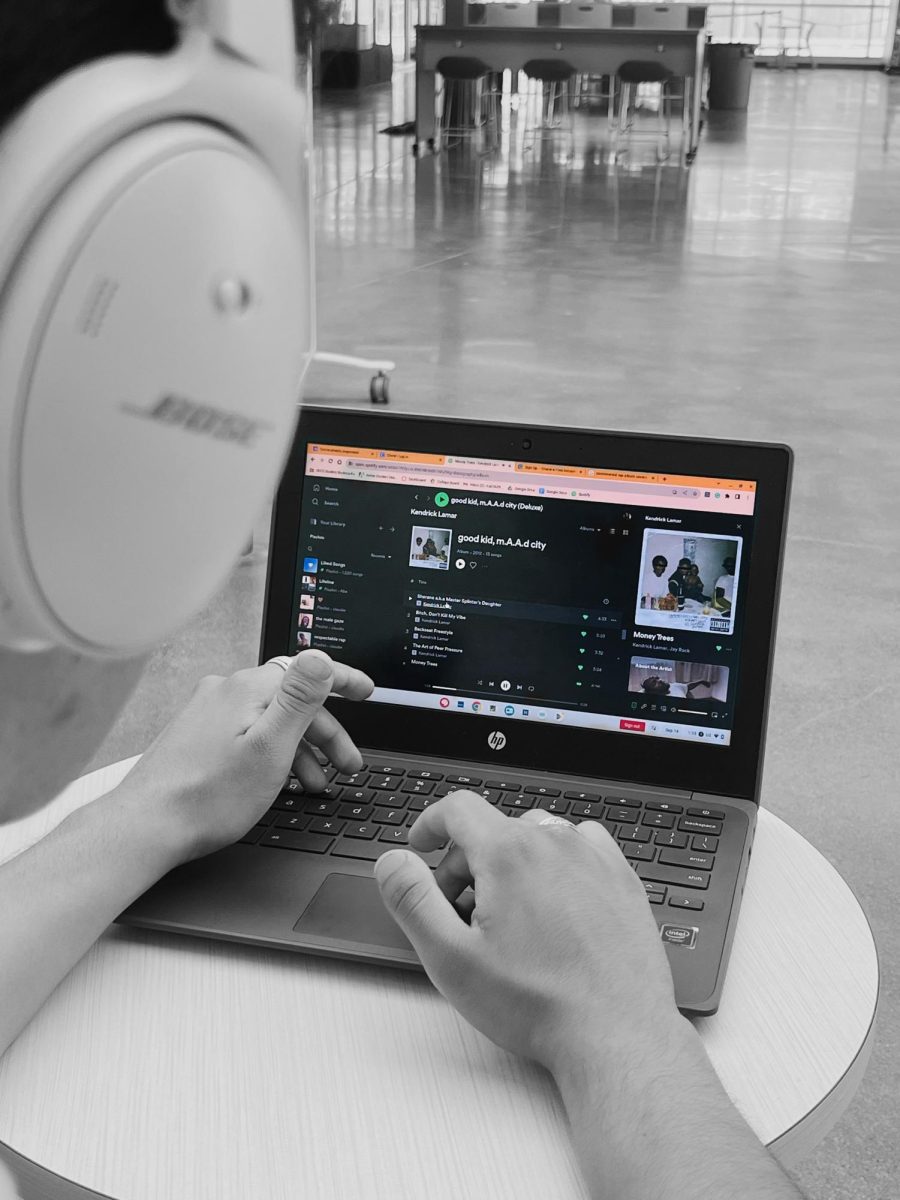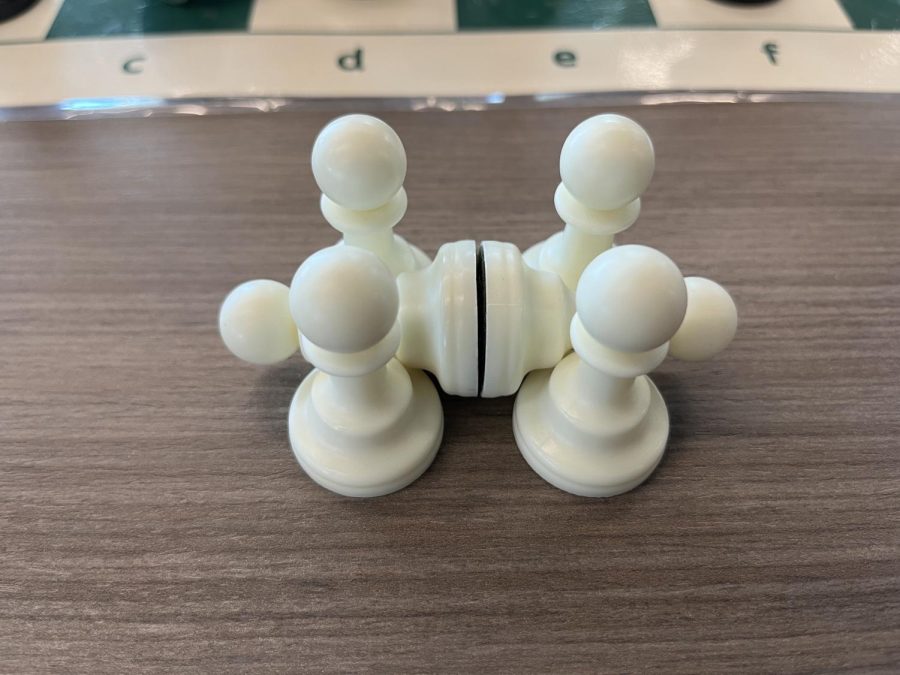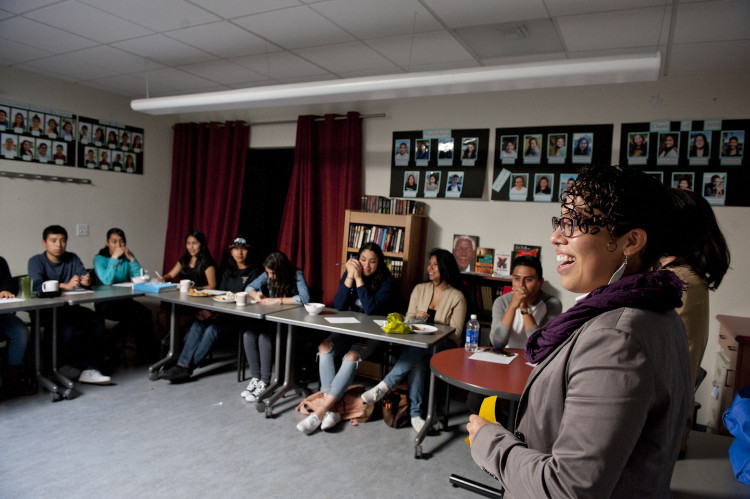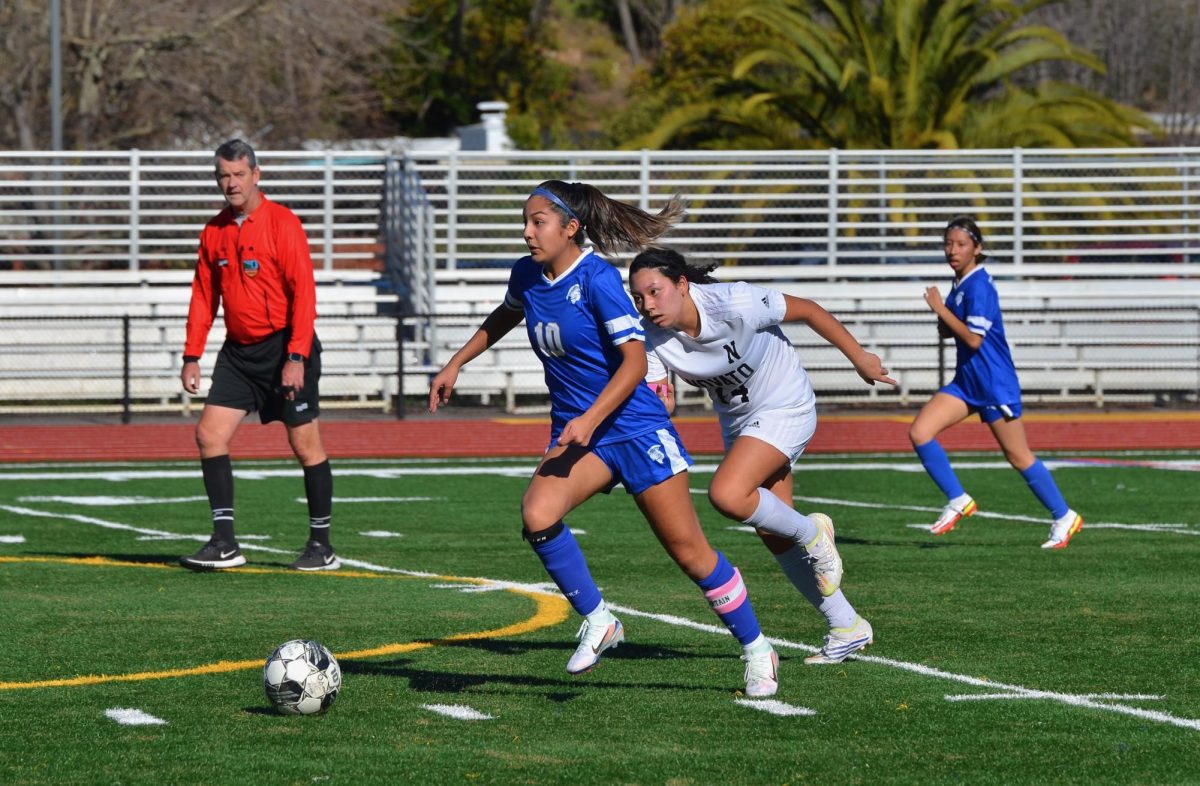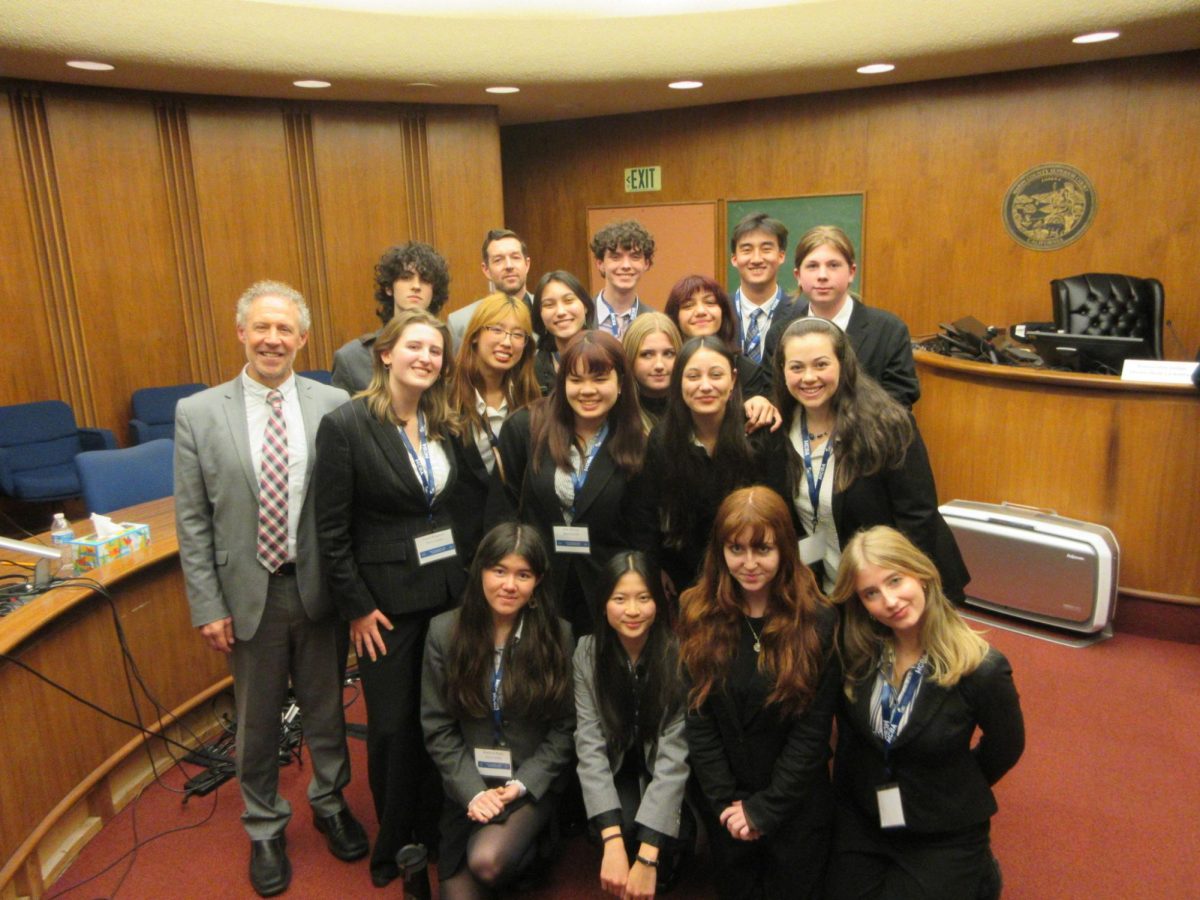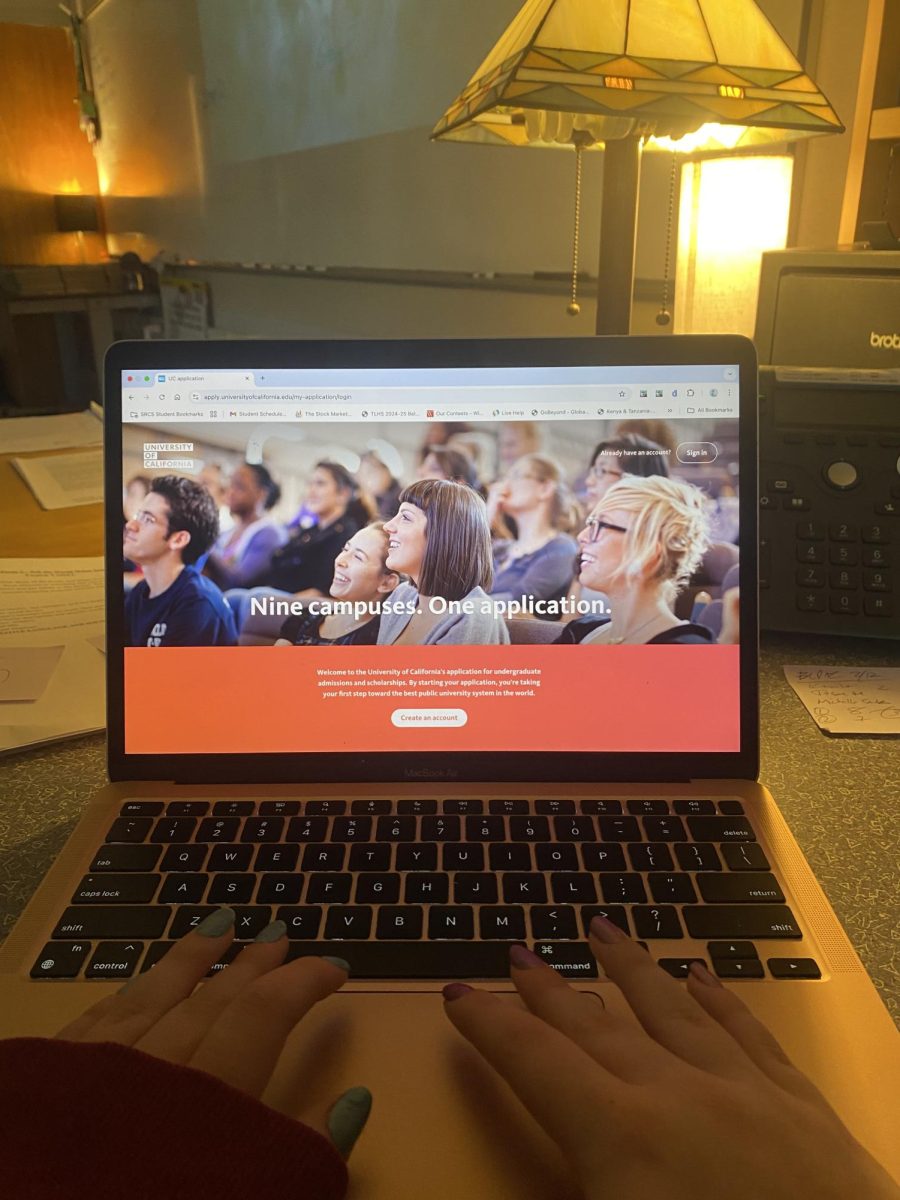One of the most common worries as a new school year begins is getting overwhelmed with work. Between a rigorous course selection, extracurriculars, and a social life, sometimes it can feel near-impossible to get everything done. Crown Counseling, a trusted mental health agency, has estimated that around 74% of students say homework causes significant stress. This suggests that the heavy workload students get is a key factor in students feeling overwhelmed. U.S. News reports that the average high schooler has around 7 hours of homework a week, with higher performing students averaging 18. A demanding schedule might have two hours of sports practice, followed by over two hours of homework everyday. This leaves students with little to no time for a healthy amount of sleep, or time to unwind from their long day. As the year goes on, the burnout outbreak increases. Because the constant cycle of stress can take a toll on any student, it’s important to exercise strategies to stay on top of all responsibilities.
One of the first steps in managing stress is recognizing when a student is starting to fall behind. Some key indicators include sudden grade changes, lack of enthusiasm, and spending excessive time doing everyday activities. Teachers are well-trained to recognize when a student is struggling. Mrs. Newton, a P.E. and Health teacher at Terra Linda with 25 years of experience, shares that she notices most students losing motivation and procrastinating in the spring. With finals and summer break approaching, many students have a heavier workload at the same time they are looking forward to a longer beak. Over her years as a teacher, Mrs. Newson has observed poor behavior, disconnect from the class, and procrastination when spring comes. These small habits reflect underlying burnout, which is why Mrs. Newton suggests organizational strategies to combat falling behind. “Setting goals is key to success. Whether short term goals, long term goals, the outcome the individual is looking for, or how they are specifically going to stay on track.” Setting goals is a key way to prevent overwhelmed feelings and give students a clear roadmap of their goals.
The unsustainable routines built by many students are formed from the pressure to excel. Maxine Bussi, a sophomore at Terra Linda High School, shares this drive with many of her peers. As a busy Marin School of Environmental Leadership student, Bussi’s schedule is filled with being sophomore class president, playing on three sports teams, running and co-chairing two clubs, and regular volunteering. Maxine shares her rigorous routine, saying “I’ll go to my volleyball game, and then come home and have two hours of homework… I stay up until 11:30 doing it, and then I wake up the next morning for zero period.”. Maxine discussed the high standard she keeps herself at and how the GPA she wants to maintain is what keeps her going. When feeling overwhelmed, she explains that she pieces out everything she needs to do, and prioritizes what’s most important. She dislikes assignments building up, so she intentionally works ahead, preventing last-minute deadlines. Her packed school day and success shows that, for students, having goals and strategies keeps you motivated and on track. Maxine’s experience shows how using strategies to manage time and avoid stress can help any student navigate their busy schedules.
Ultimately, recognizing the signs of burnout and stress and using strategies to combat them is an essential part of thriving in high school. Procrastination and falling behind in classes can make or break your overall mental health. Balancing academics, extracurriculars, and social life is difficult for busy students, which is why it is important to set clear goals, break down tasks, and manage time. By paying attention to their own habits and behaviors, students can easily protect their own well-being and academic performance.














